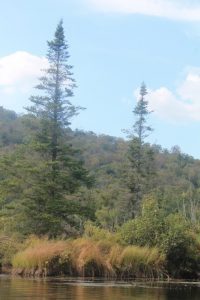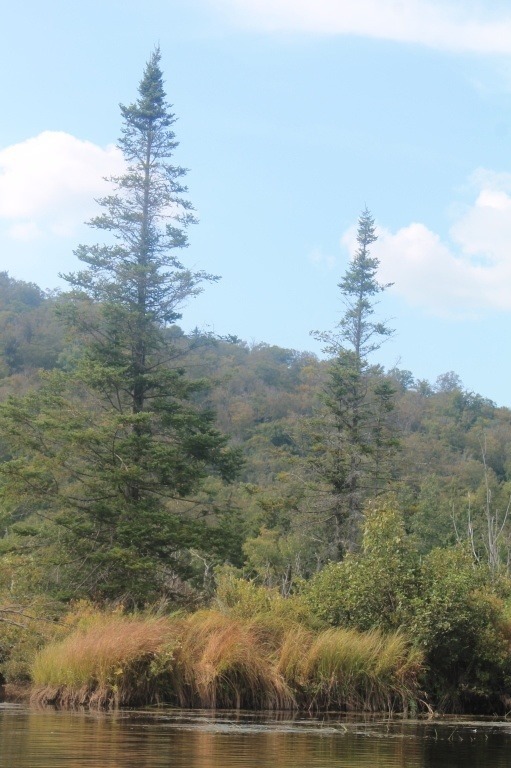Cedar Plywood is one of the most popular and beautiful softwoods on the market.It has a history of usage here in the United States that goes all the way back to the colonial era in New England. Naturally weather resistant, cedar was used by settlers for making shingles and siding for their homes. Today, it is still used for these applications, along with other outdoor uses. Of all the woods, it is one of the few that holds up well to rain and other weather, without decaying.
Special Plywood
The aromatic quality of cedar comes from the natural oils within the wood. These same oils make the wood unattractive to wood-eating insects and moths. For this reason, and the appealing fragrance of the wood, cedar has been a favorite for centuries for closet lining, chests and other places where clothing is stored. Wool eating moths, which destroy clothing, will avoid any clothing that is in close proximity of cedar. While chemicals can provide the same insect repellent feature to other woods, Cedar has it naturally.
Woodworking

Among the softwood species, cedar is one of the easiest to work with. It is extremely stable dimensionally, rarely cracking, splitting, warping or twisting. This stability comes from the extremely low density of the wood. The less dense a wood is, the less it is going to be affected by moisture. Although lightweight and not dense, Cedar still has 80% of the structural strength of Oak. The straight grain, with few knotholes makes it machine well, and insures the durability of whatever is made from it.
Red Cedar
There are two primary types of cedar used for plywood in the United States, Aromatic Red Cedar and Western Red Cedar. Aromatic Red Cedar is what is most commonly used for dressers, chests and closet lining, while Western Red Cedar is more commonly used for exterior siding, window frames, and exterior furniture.
The distinctive grain pattern of Cedar plywood, with the red and white bands comes from the difference in heartwood and sapwood. Cedar sapwood is whitish-cream in color, and the heartwood can range from salmon pink to chocolate brown. The distinctive color banding that Cedar is known for is not normally visible in plywood, because of the manner in which plywood is manufactured, starting with cutting veneer from the log. This veneer is typically rotary cut, which means that it is cut around the log, like unrolling a roll of paper towels, leaving a veneer is either white or red.
Thicknesses and Finish
Cedar plywood comes in a number of thicknesses, from 1/8” thick to 3/4” thick, by eights; making it easy to encounter the exact thickness you need for your application. Paneling of closets is often accomplished with thinner plywood; drawer sides and bottoms are made from the mid thicknesses and carcass (dresser cabinets) sides and tops are made from thicker plywood.
Due to its dimensional stability, fine texture and narrow growth bands, Cedar is considered to have the best finish-retention properties of the softwood species. The lack of resins and pitch within the wood also contribute to its ability to readily accept a wide variety of stains and finishes.




